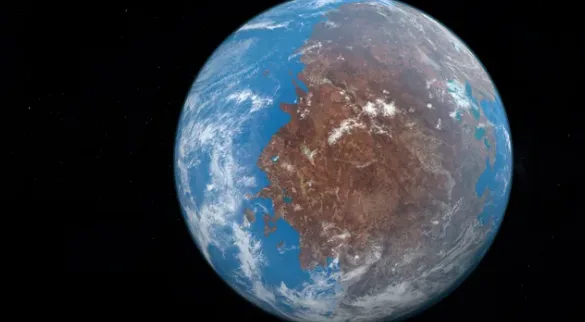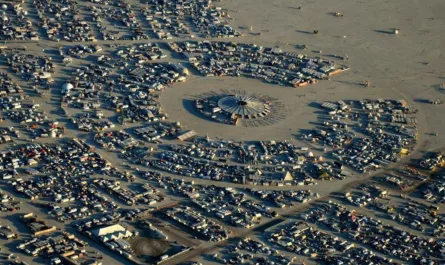When we look at a modern map, it’s hard to imagine that Earth’s continents were once fused together in a single colossal landmass. But over 300 million years ago, that’s exactly what happened. Welcome to the world of Pangaea, Earth’s ancient supercontinent—a dramatic chapter in our planet’s geologic history that changed everything.

What Was Pangaea?
Pangaea (sometimes spelled Pangea) was a supercontinent that existed during the late Paleozoic and early Mesozoic eras, forming around 335 million years ago and beginning to break apart approximately 175 million years ago.
The name “Pangaea” comes from Ancient Greek: pan meaning “all” and gaia meaning “Earth”—a fitting description for a landmass that once connected nearly every continent on Earth.
Alfred Wegener and the Birth of a Theory
The concept of Pangaea was introduced by German meteorologist and geophysicist Alfred Wegener in 1912. Wegener proposed the groundbreaking continental drift theory, arguing that Earth’s continents weren’t fixed in place but had once been connected and drifted apart over time. Though controversial at first, his ideas laid the foundation for the modern science of plate tectonics.
The Formation of Pangaea
Pangaea didn’t just appear overnight. It was the result of long-term tectonic activity that drew together smaller landmasses over millions of years during the Carboniferous period. These landmasses collided and fused due to the constant motion of tectonic plates beneath Earth’s crust.
The Breakup of a Supercontinent
Around 175 million years ago, during the Jurassic period, Pangaea began to fragment due to the same tectonic forces that created it. It first split into two major continents:
- Laurasia (northern half) – later forming North America, Europe, and Asia.
- Gondwana (southern half) – eventually forming South America, Africa, Antarctica, India, and Australia.
Over time, these massive continents continued to drift, giving us the global map we know today.
Clues Left Behind by Pangaea
Scientists have gathered multiple lines of evidence to support the existence of Pangaea:
- Fossils: Identical fossils of extinct creatures like Mesosaurus have been found in both South America and Africa, suggesting these lands were once joined.
- Rock Formations: Similar rock strata and mountain ranges appear on continents now separated by oceans.
- Glacial Deposits: Evidence of ancient glaciation in now-tropical areas like Africa and India points to a very different global layout in the past.
How Pangaea Shaped Earth’s Climate and Life
The existence of Pangaea had a dramatic effect on Earth’s climate, ocean currents, and life forms. The interior of the supercontinent was likely hot and dry, far from the stabilizing effects of the ocean. This led to widespread deserts and extreme weather.
Biologically, Pangaea allowed species migration across vast areas. But its eventual breakup isolated populations, leading to evolutionary divergence and the rise of new species—a key factor in the biodiversity we see today.
Why Pangaea Still Matters
Understanding Pangaea isn’t just about exploring ancient history—it’s essential for understanding the dynamic nature of our planet. The movement of Earth’s plates continues to shape continents, trigger earthquakes, form mountains, and affect climate patterns.
Geologists use the story of Pangaea to predict future supercontinents (yes, another may form in 200–300 million years!), explore natural resources, and better comprehend the forces beneath our feet.
Final Thoughts
Pangaea reminds us that Earth is constantly changing. The continents we live on today are the result of a long, powerful journey—a journey driven by forces deep within the planet. From ancient deserts to modern cities, the legacy of Pangaea lives on in every rock, fossil, and mountain range.
If you enjoyed this dive into Earth’s ancient past, be sure to follow for more fascinating stories from our planet’s prehistoric timeline.


